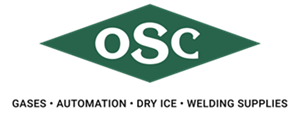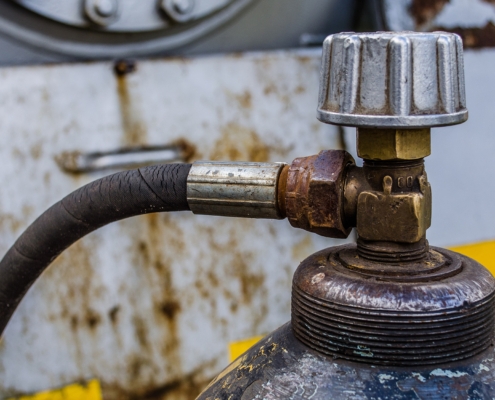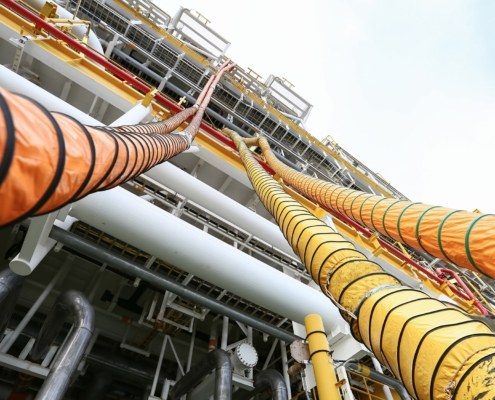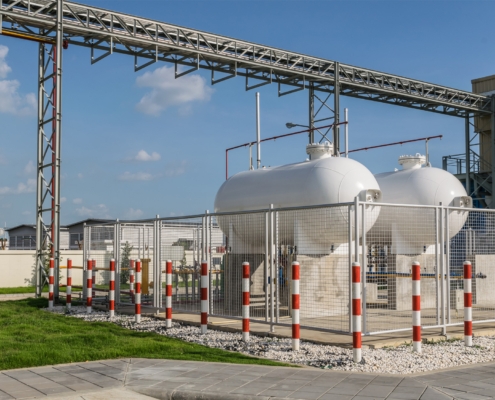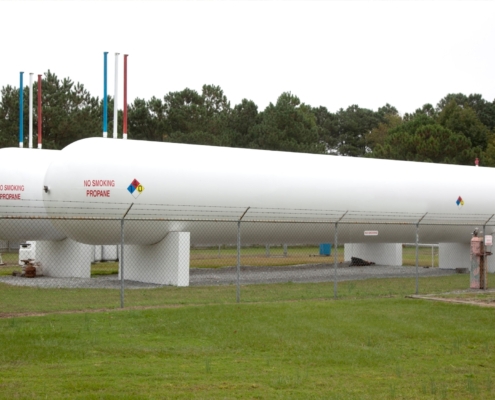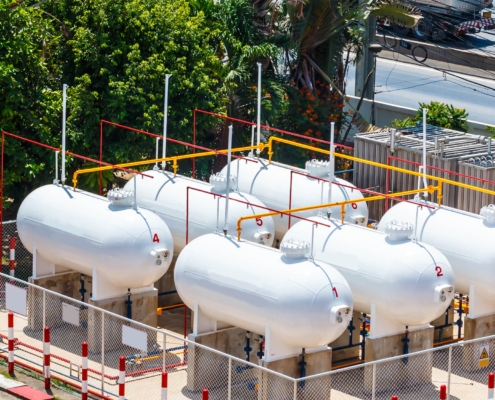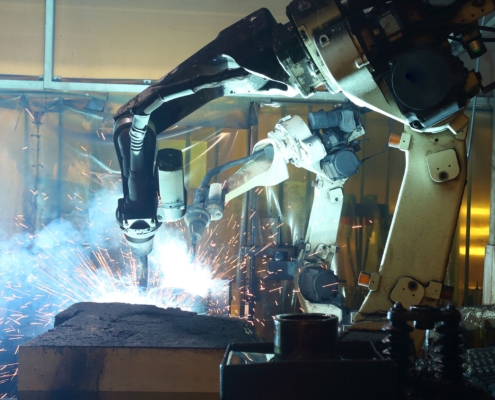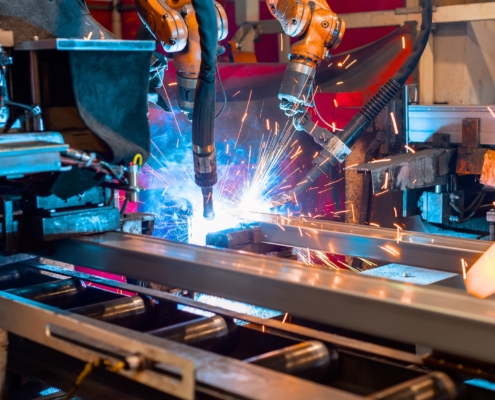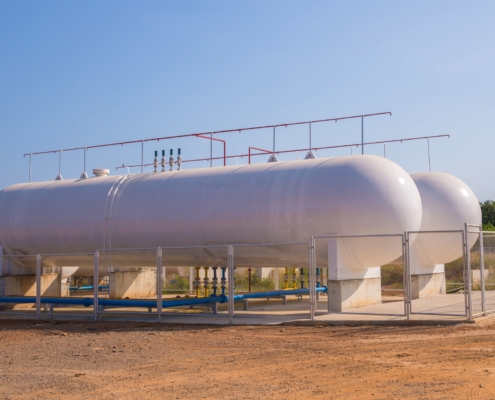Certain conditions may necessitate a deviation from standard calibration schedules:
- Usage: Machines in constant use may require biannual or even quarterly calibrations.
- Material Types: Frequent welding of varied or specialized materials might demand more frequent checks to accommodate diverse thermal and mechanical stresses.
- Quality Standards: Industry-specific regulations may dictate more rigorous calibration intervals.
- Performance Feedback: Calibration may be prompted by any noted discrepancies in welding outputs or by feedback from quality control processes.
By incorporating factors such as these into your calibration schedules, you can ensure that your welding equipment consistently produces high-quality, dependable results. Regular calibration upholds the integrity of your welding processes and fortifies your operation’s reputation for excellence.
